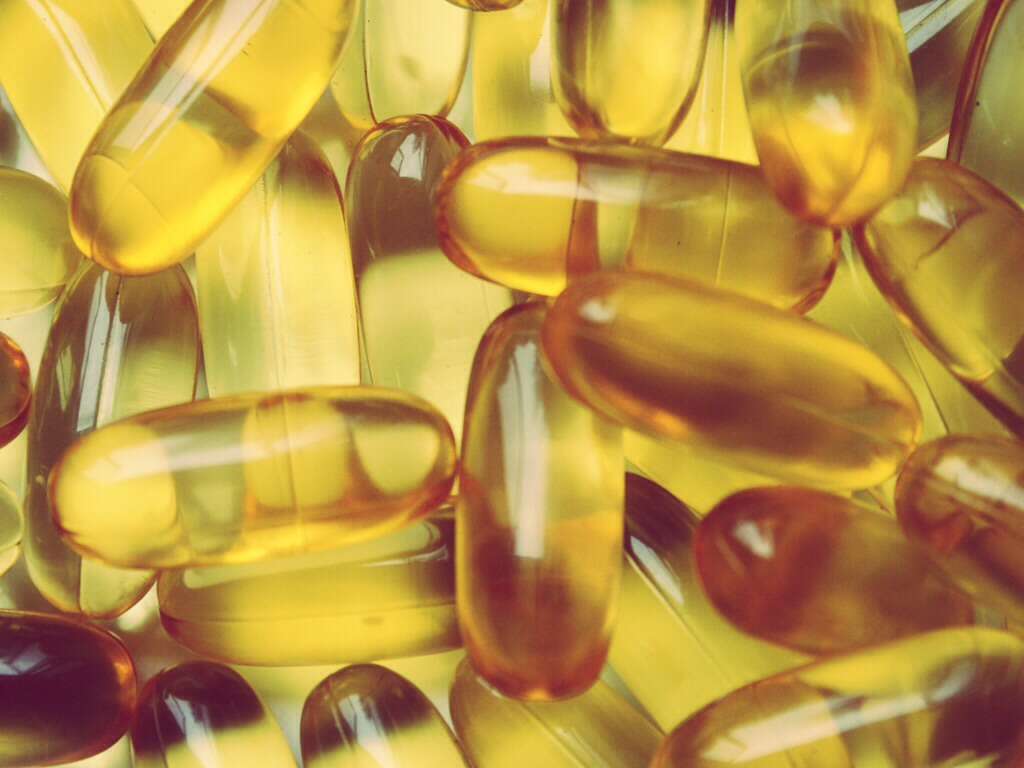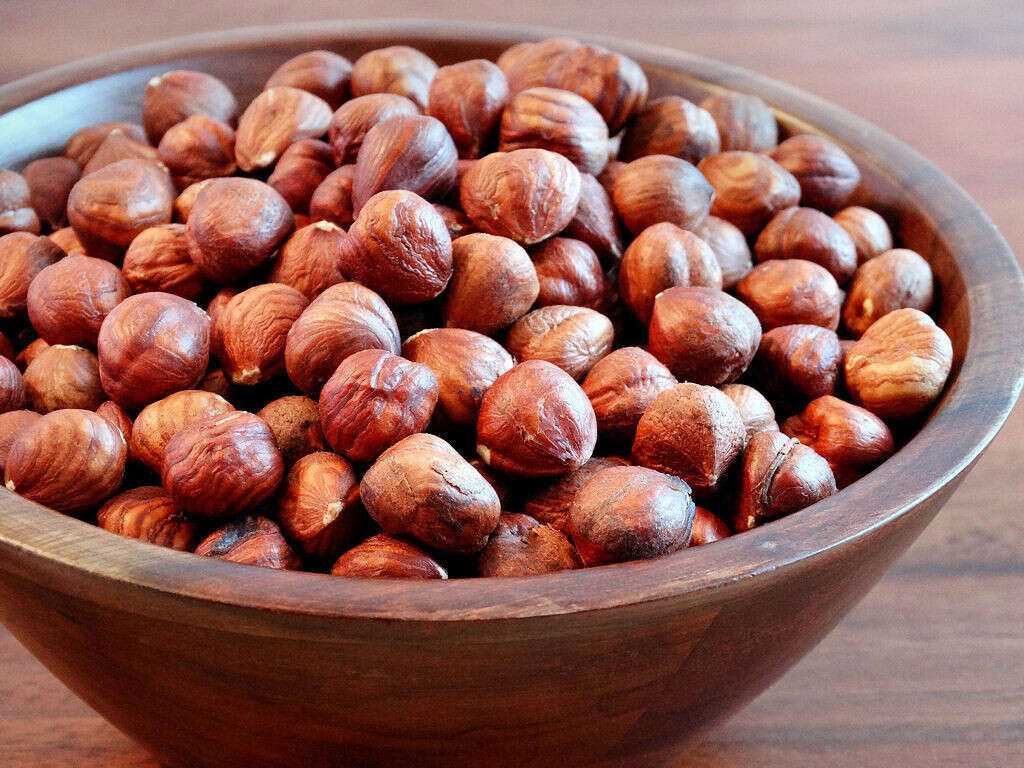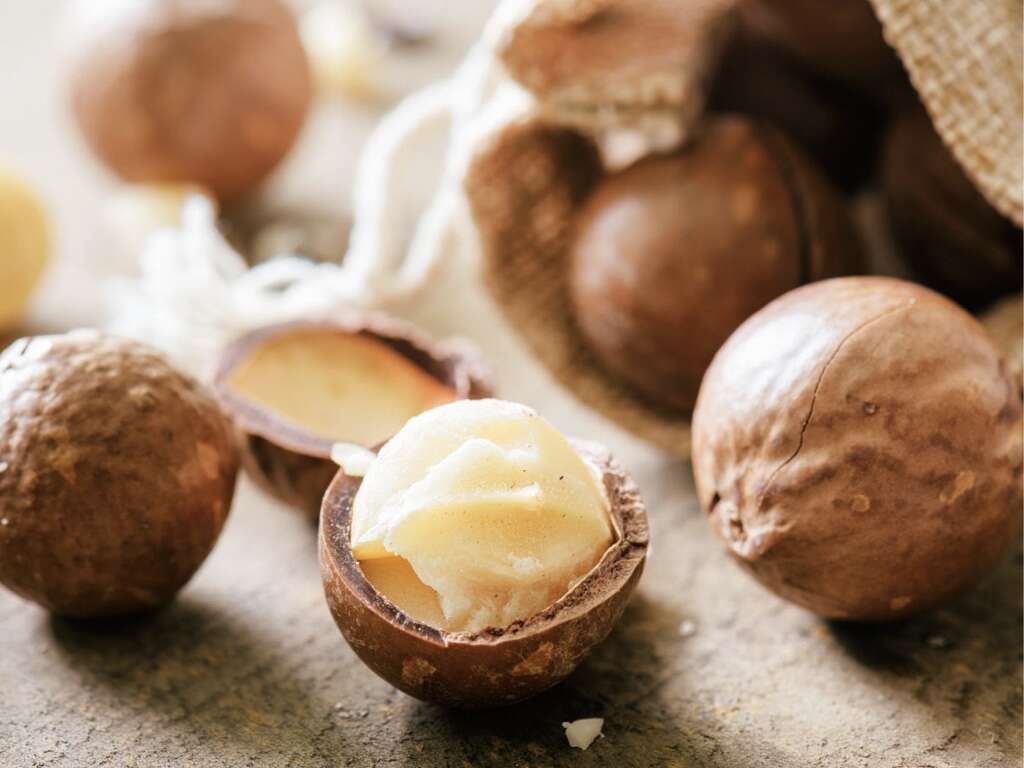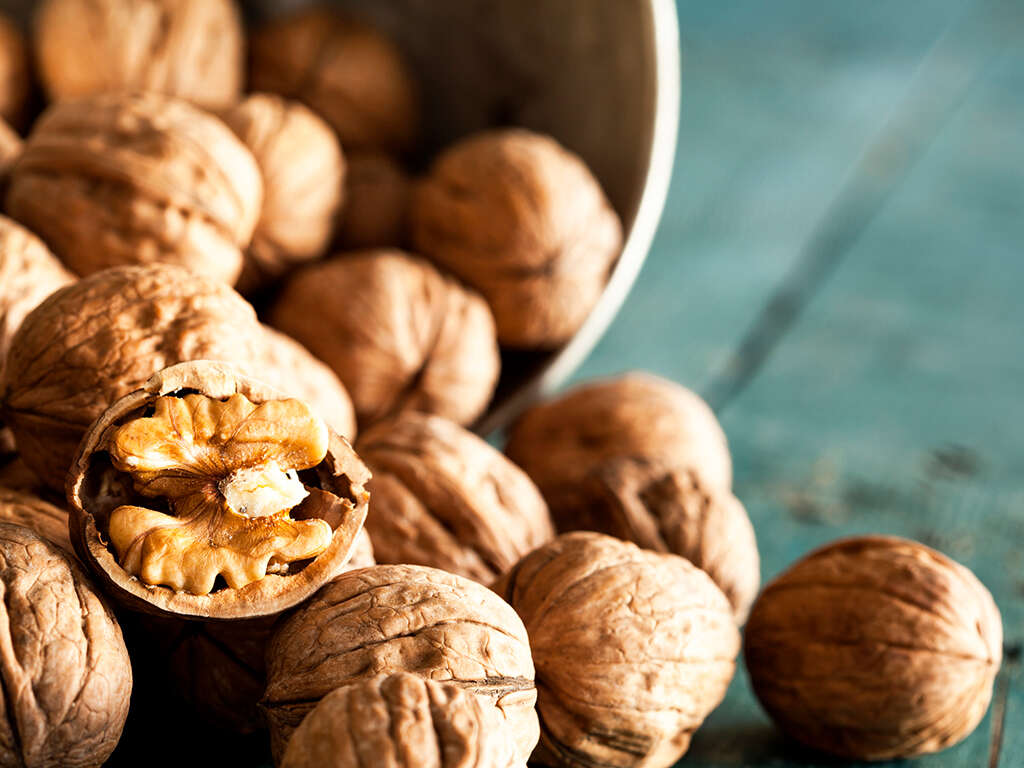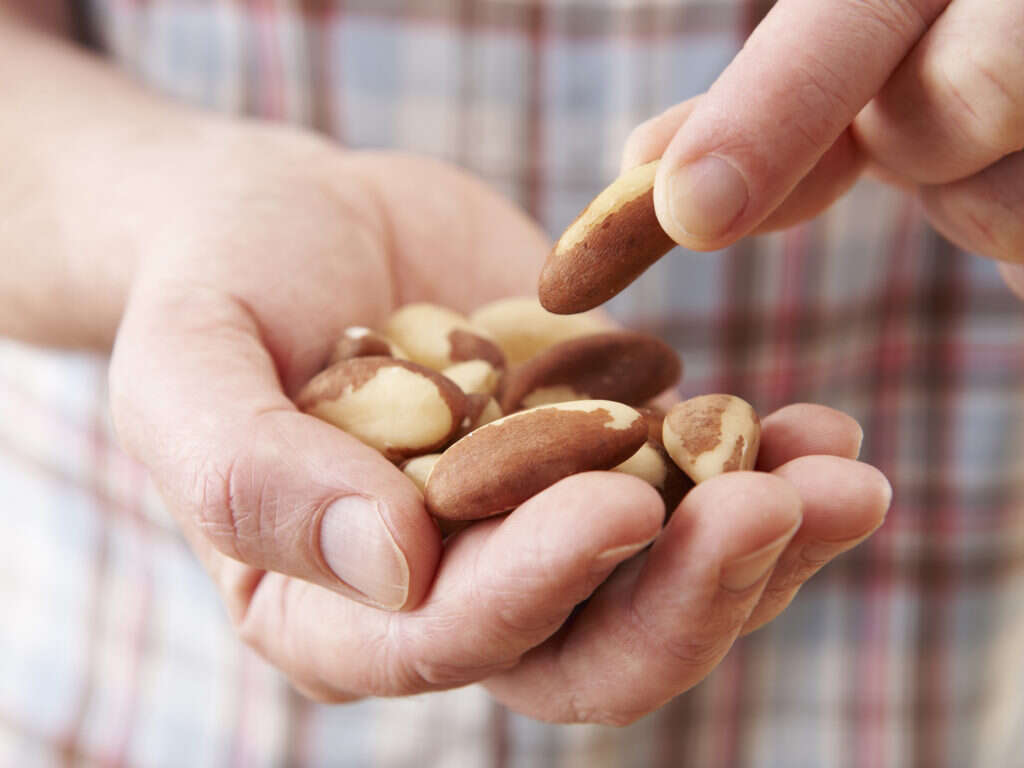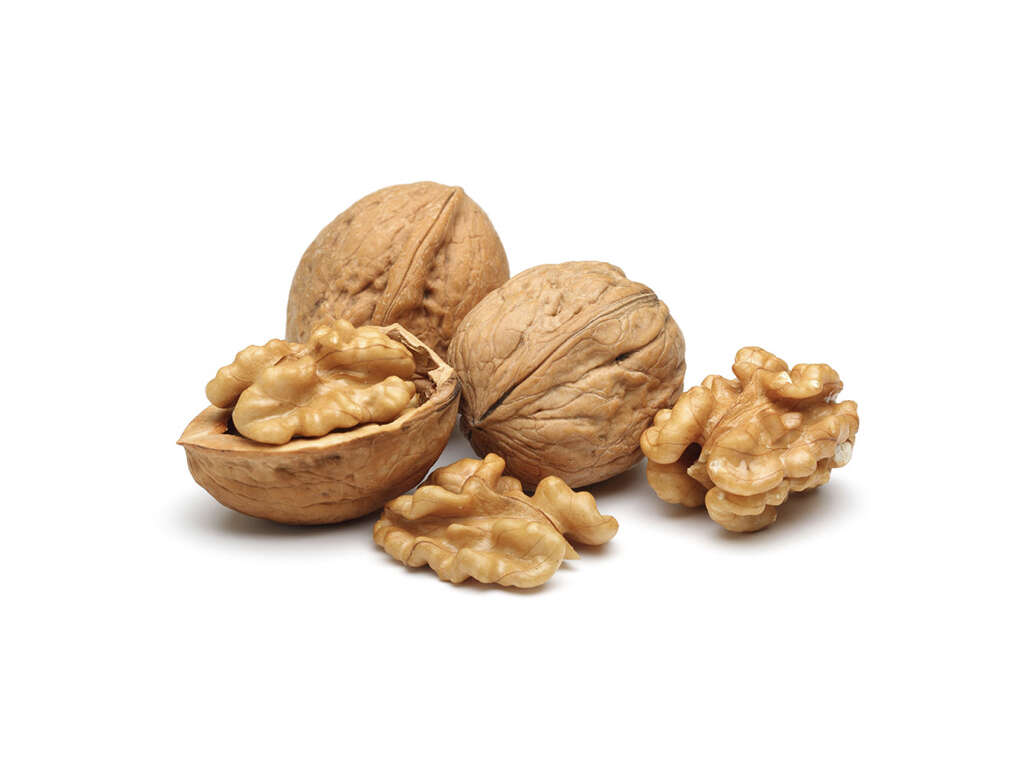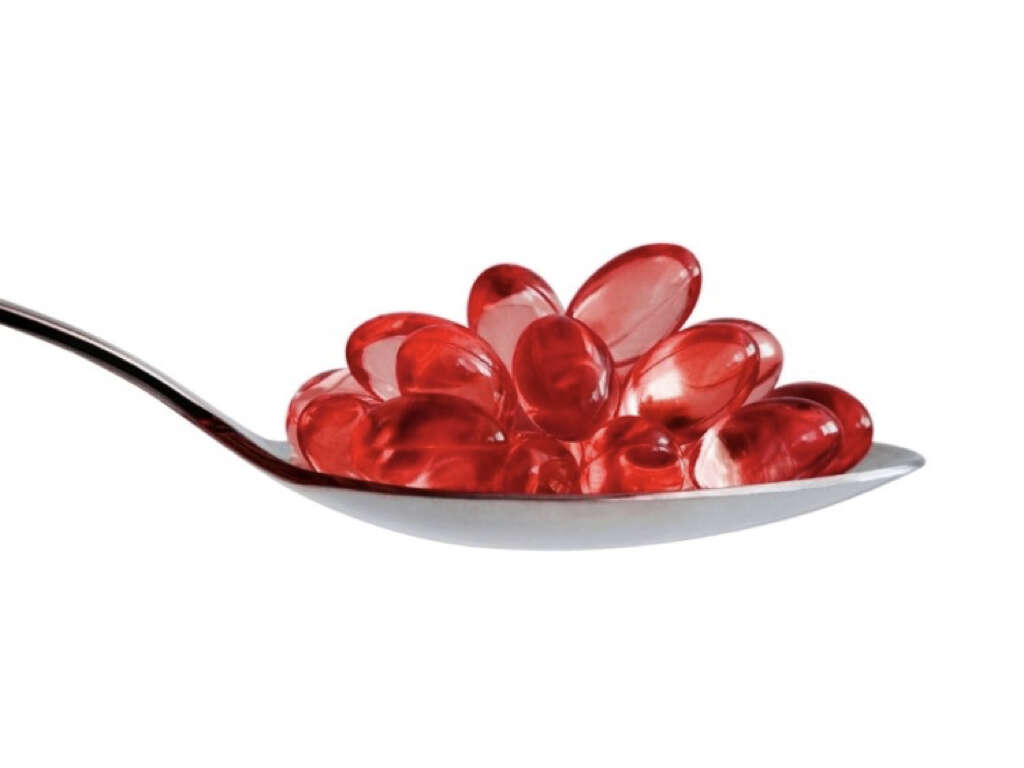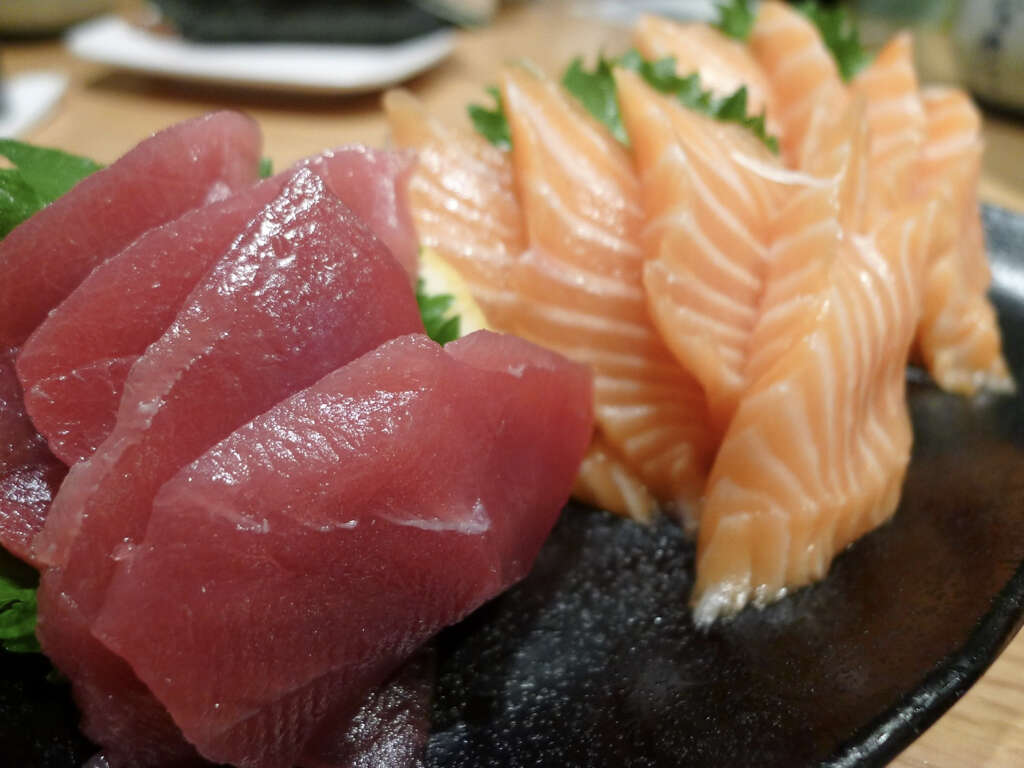10 Omega 3 Rich Foods
Omega 3 fatty acids come in three forms: alpha-linolenic acid (ALA), eicosapentaenoic acid (EPA) and docosahexaenoic acid (DHA). EPA and DHA are the preferred sources since your body must first convert ALA into EPA and DHA. However, getting a good balance of all three types helps improve your overall health. Omega 3 has been shown to improve and protect memory, depression, eye health, inflammation, and many chronic diseases.
According to the Institute of Medicine, females 14 years and older should consume 1.1 grams of omega 3 fatty acids as ALA, while males of the same age should consume 1.6 grams daily. Omega 3 fatty acids are also part of a heart healthy diet. The American Heart Association recommends a daily intake of omega-3, as EPA and DHA, for people with heart-related conditions. For coronary heart disease, the recommendation is 1 gram and to reduce triglyceride levels, the recommendation is 2 to 4 grams.
Omega 3 Rich Food #1: Flaxseed Oil
One great source of omega 3 is flaxseed oil. Cold pressed flaxseed oil has 7.3 grams of ALA in just one tablespoon of oil. Flaxseeds and flaxseed oil are both rich in omega 3 with the oil being a richer, more concentrated source. By themselves, flaxseeds have 2.3 grams of ALA in one tablespoon.
These little brown seeds are also high in fiber and magnesium. Fiber is beneficial for regular digestion and helps feed your gut bacteria. One easy way to get flaxseed oil in your diet is to drizzle it on top of a salad or some grilled vegetables instead of dressing.
Omega 3 Rich Food #2: Mackerel
No list of omega 3 foods is complete without a mention of our wonderful fatty fishes. 100 grams of mackerel has 2789 mg (2.8 grams) of omega 3. Mackerel is full of EPA and DHA, meaning less work for your body to make the most of your omega 3.
In addition to omega 3, mackerel also contains vitamin B6, magnesium, calcium, potassium, and vitamin D. Potassium improves heart health beyond omega 3s by acting as a vasodilator. In other words, potassium prevents veins and arteries from tightening. Thus, reducing blood pressure and stress on the heart.
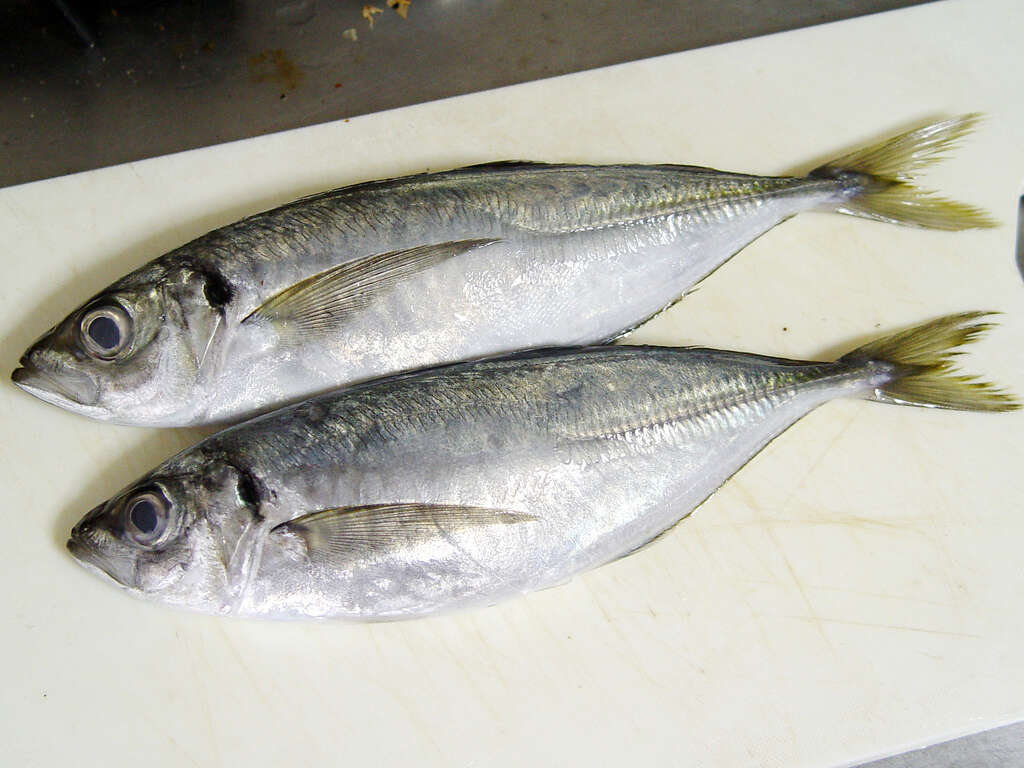
Omega 3 Rich Food #3: Walnuts
Walnuts provide 9.1 grams of omega 3 per 100 grams. Like flaxseed oil, walnut oil is another good source of omega 3 with 1.4 grams per tablespoon. English walnuts are higher in ALA than black walnuts, but all the varieties are packed with nutrients.
To make the most of your walnuts, keep the skin on. The skin may be bitter, but it is the healthiest part. Approximately 90% of antioxidants associated with walnuts are found in the skin. Unless you are allergic to tree nuts, adding walnuts to your diet will provide you with key phenolic acids, tannins and flavonoids.
Omega 3 Rich Food #4: Chia Seeds
Chia seeds are another great omega 3 source for you to try with 5 grams per ounce or 17.8 grams per 100 grams. In other words, one ounce of chia seed and you are good for the whole day. Like flaxseeds, chia seeds are packed with fiber, plus vitamins and minerals.
The combination of ALA and fiber in chia seeds is thought to help prevent dyslipidemia, excessive fat in the blood, and insulin resistance. Even when consumed with sugar, chia seeds help lower high blood sugar levels. Plus, they are so versatile. Chia seeds make for a great addition in water, protein shakes, and even as a pudding.
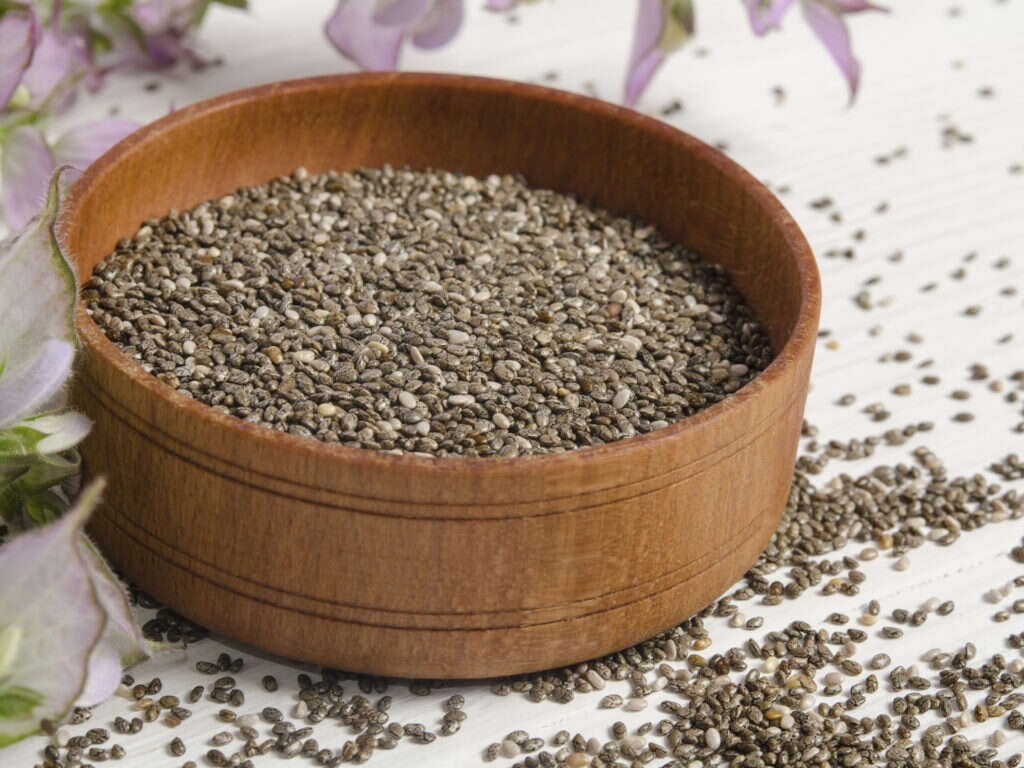
Omega 3 Rich Food #5: Salmon
Salmon is the second fish to make the list. Full of EPA and DHA, 100 grams of Atlantic Salmon has somewhere between 1.2 grams and 2.5 grams of the good stuff. The omega 3 content varies depending on if the fish is farmed or wild-caught, with farmed Atlantic salmon being the richest in omega 3.
Studies show that people who eat salmon regularly have a lower risk for many chronic diseases. This is due to salmon’s high-quality protein content and nutrient-density, Other nutrients found in salmon are vitamin B12, vitamin B6, and potassium. Vitamin B12 is necessary for red blood cell formation, metabolism, neurological function, and DNA synthesis.
Omega 3 Rich Food #6: Canola Oil
One tablespoon of canola oil has 1.3 grams of ALA. Despite the bad rep of fats and oil, canola oil is full of mono- and poly- unsaturated fatty acids that can help clean out plague and fatty build up in the arteries.
The recommendation for unsaturated fats is 44 grams per day. Some unsaturated fats are superior to others with canola oil being one of the better options. Natural cold-pressed oils should only be used at a low temperature, such as in salads, because burning them creates inflammatory compounds. However, you can get a more processed, clearer canola oil for cooking at a higher temperature.
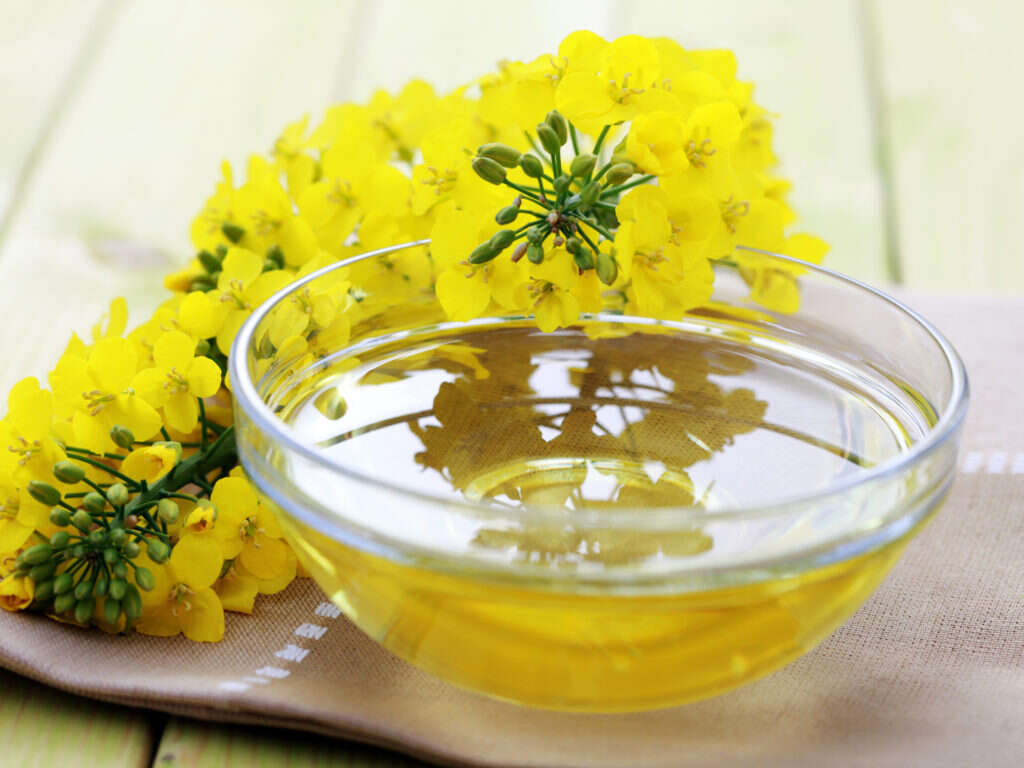
Omega 3 Rich Food #7: Fish/Krill Oil
Fish oil is often found as supplemental capsules, so technically it’s not exactly a food. However, it made the list because natural fish oil is one of the most direct sources of free DHA and EPA. All fatty fish, even the ones on this list, are high in omega 3 because of the oils and fat content.
Encapsulated fish oil is eaten to help with arthritic pain, anxiety, diabetes, skin health, age-related eye disorders, and cancer treatment. Some researchers believe that although krill oil has less omega 3 per capsule than traditional fish oil, krill oil may be better because the DHA and EPA are more bioavailable; however according to some articles more research needs to be done.
Omega 3 Rich Food #8: Caviar
If you are feeling a little fancy, have some caviar. 100 grams of caviar has 6.8 grams of DHA and EPA. But that’s a lot of caviar! The average tablespoon of fish roe has anywhere from 342 mg to 1088 mg (1.1 grams) of omega 3s.
When it comes to caviar, there is quite a bit of sodium, so it is best not to eat too much. A tablespoon is the perfect serving on top of some crackers. A quick bite-sized snack is full of vitamins A and E as well as iron, zinc, and selenium. Just remember: a little bit goes a long way.
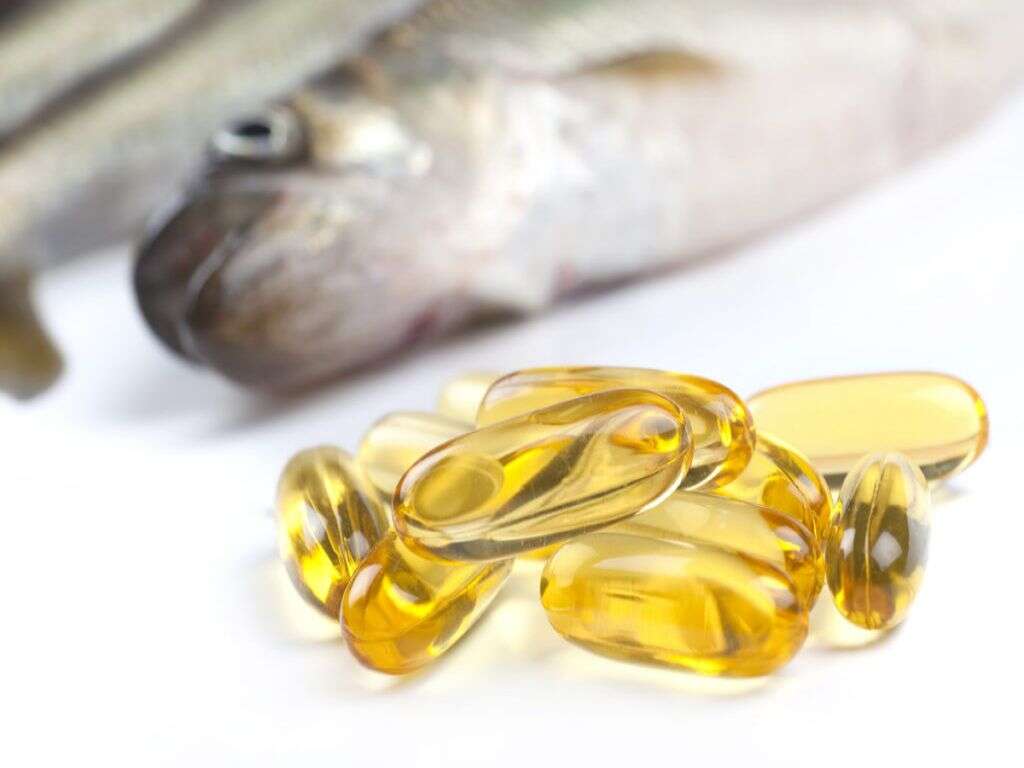
Omega 3 Rich Food #9: Sardines
Believe it or not, canned sardines are bursting with nutrients, including omega 3, calcium, vitamin D, potassium, vitamin K, and the B vitamins. 100 grams or a little more than one can has 1.5 grams of EPA and DHA.
Vitamin D and calcium work together to build and maintain strong, healthy bones. Far too many Americans do not consume enough calcium daily. This can lead to bone loss, low bone density, osteoporosis, and even broken bones. Vitamin D is essential for calcium to work properly, but unfortunately, there are very few food sources of vitamin D. Luckily, sardines are the perfect solution containing both nutrients in addition to omega 3.
Omega 3 Rich Food #10: Roasted Soybeans
Last but certainly not least, 100 grams of roasted soybeans have 1.7 grams of omega 3. Roasted soybeans are perfect for as a convenient anytime snack full of protein and nutrients. Some of nutrients found in roasted soybeans are folate, fiber, magnesium, potassium, and iron.
Folate is often attributed with pregnant women as a means to prevent neural tube defects in newborn children. However, folate also works with potassium to decrease the risk of heart-related issues. Additionally, folate plays an important role in relaxing the blood vessels; thereby, improving blood flow.



